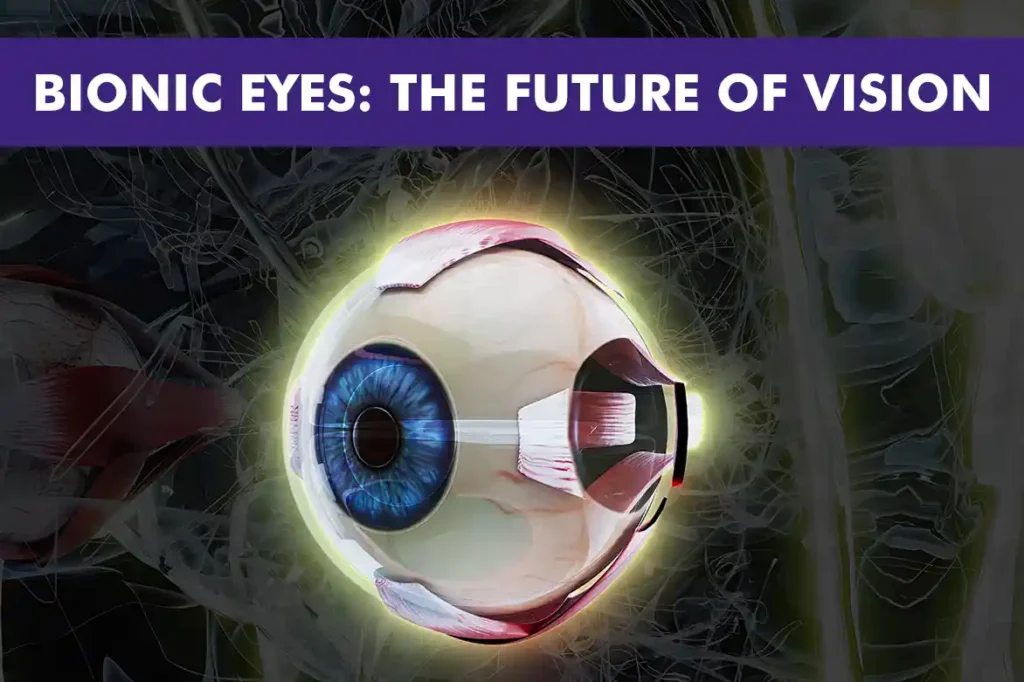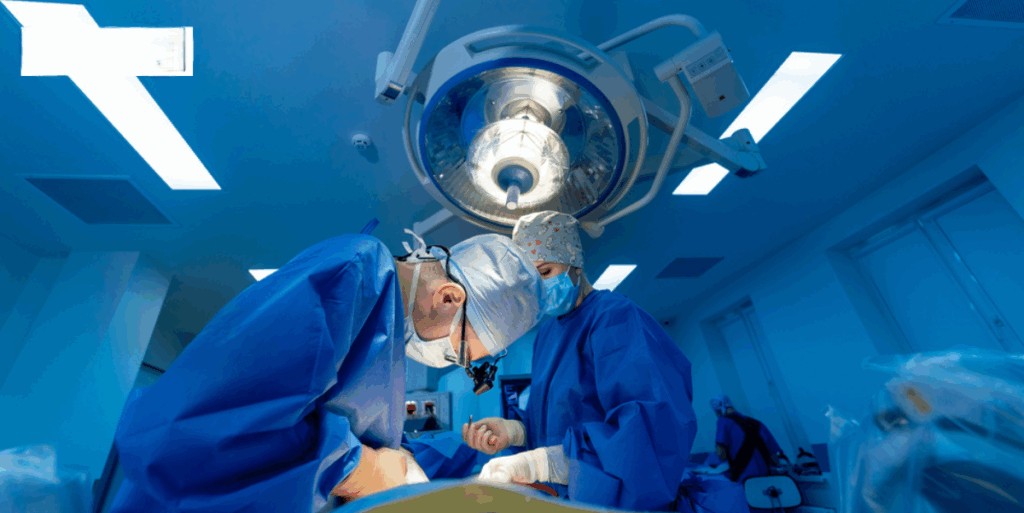The Science of Sight Restoration

Gene Therapy 101
Gene therapy works by delivering healthy copies of faulty genes through vectors to replace the defective ones. For LCA, adeno-associated viruses (AAVs)—non-pathogenic viruses engineered to carry therapeutic genes—are injected into the retina.
Why AAV Vectors?
- Safety: Adeno-associated viruses (AAVs) don’t insert their genetic material into the host’s DNA, which helps reduce the risk of causing cancer.
- Efficiency: They transduce photoreceptors with >90% efficacy in preclinical models.
- Durability: AAV-delivered genes provide long-term expression, as seen in Luxturna® (voretigene neparvovec), an FDA-approved therapy for RPE65-related LCA.
Preclinical Breakthroughs
In mouse models, AAV-AIPL1 therapy restored PDE6 levels and photoreceptor function within six weeks. Electrophysiological tests (ERGs) showed significant recovery of retinal responses to light.
The Surgical Procedure: Precision Meets Innovation

Preoperative Preparations
- Retinal Imaging: Optical coherence tomography (OCT) mapped retinal thickness and degeneration.
- Viral Vector Production: Custom AAV-AIPL1 vectors were manufactured under strict GMP guidelines.
The Surgery: Step-by-Step
- Anesthesia: General anesthesia ensured Jace remained motionless.
- Vitrectomy: Surgeons remove the clear gel inside the eye, known as the vitreous, to reach and treat the retina.
- Subretinal Injection: A microcannula delivered 0.3 mL of AAV-AIPL1 solution beneath the retina.
- Post-Injection Monitoring: OCT confirmed proper vector distribution without retinal detachment.
Postoperative Care
- Anti-Inflammatory Regimen: Topical steroids and NSAIDs prevented immune reactions.
- Follow-Up Assessments: Monthly ERGs and visual acuity tests tracked progress.






